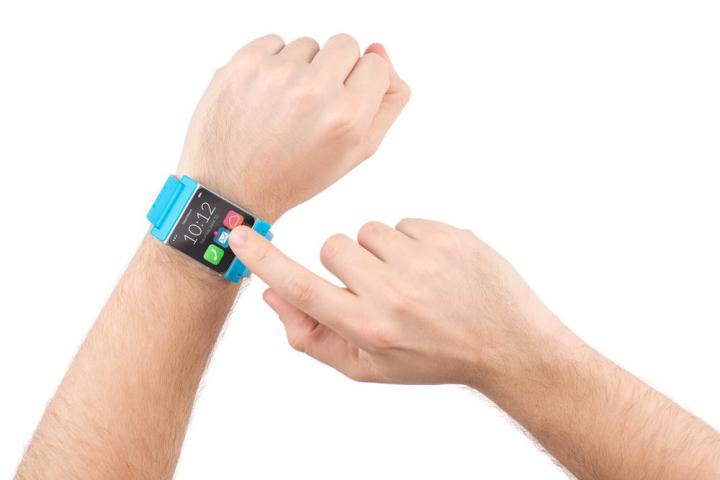
One of the greatest challenges facing tech companies as they seek to establish themselves in the fledgling wearable tech market is creating devices with a decent battery life while at the same time keeping them compact and light.
Up to now, many manufacturers have been touting devices that spend much of their time in sleep mode to prolong battery life, and while improvements have certainly been made with conventional battery technology over recent years, groundbreaking research carried out by a team at the Korea Advanced Institute of Science and Technology (KAIST) means we could be on the verge of a revolutionary change in the way we power our wearable tech.
Although the idea of generating power from body heat is nothing new, the KAIST research team, headed by electrical engineering professor Byung Jin Cho, appears to have brought the concept one step closer to reality with the development of a patch-like ‘glass fabric’ thermoelectric (TE) generator that rests on a person’s skin, converting their body heat into electricity.
According to Phys.org, KAIST’s creation is of particular interest as it improves on current TE generators in two ways. Existing organic-based TE generators, for example, are flexible but have a disappointing power output, while inorganic-based TE generators have better performance but are rigid and bulky. KAIST’s work, however, has produced a product that’s not only light and flexible, but also minimizes thermal energy loss while maximizing power output.

“For our case, the glass fabric itself serves as the upper and lower substrates of a TE generator, keeping the inorganic TE materials in between,” Byung Jin Cho explained. “This is quite a revolutionary approach to design a generator. In so doing, we were able to significantly reduce the weight of our generator, which is an essential element for wearable electronics.”
While the team clearly sees a future for the technology in wearables, it’s likely to be a while before we see it incorporated into our body-based gadgets, meaning that for now at least we’ll have to continue keeping a watchful eye on those fast-disappearing battery bars.
For a more detailed look at how the team developed its TE, check out Phys.org’s article here.
[Image: Alexey Boldin / Shutterstock]


